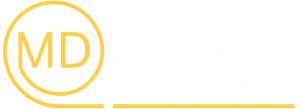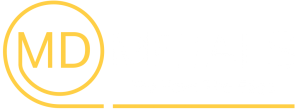Addressing Recurring Burrs Shearing
Addressing Recurring Burrs Shearing
Recurring burrs shearing is a critical issue faced in precision manufacturing environments. When burrs are present, they can lead to significant quality control challenges, resulting in rejected lots and increased costs. This article offers a detailed troubleshooting guide that covers the various aspects of diagnosing recurring burrs shearing, addressing burr root causes, and implementing effective solutions.
Understanding Recurring Burr Problems
Before diving into solutions, it’s essential to grasp the nature of burr issues in precision shearing. Burrs are unwanted protrusions that generally form during cutting processes due to improper tool functioning or material properties. Identifying the underlying factors causing these disturbances is the first step in ensuring quality output.
The Impact of Burrs on Manufacturing
Burrs adversely affect product integrity and reliability. They often lead to:
- Increased rework cycles
- Higher production costs
- Reduced operational efficiency
Therefore, understanding how to diagnose recurring burrs in shearing plays a vital role in maintaining high standards in manufacturing.
Diagnosing Burr Root Causes in Shearing
To effectively eliminate burrs, one must analyze multiple elements contributing to their formation. Key areas to examine include:
Blade Alignment Techniques
Improper blade alignment can cause uneven cuts leading to burr formation. It’s crucial to regularly check and maintain correct blade positioning. Verify alignment by using specialized tools that ensure blades are set correctly according to manufacturer guidelines.
Material Properties Affecting Burrs
The type and hardness of the material being sheared significantly influence burr creation. Softer materials tend to create more burrs than harder ones. Consider conducting tests to understand how specific materials interact with your blades.
Operator Training Effectiveness
The skill and awareness of operators can dramatically impact burr incidence. Regular training sessions should be implemented to ensure that staff recognizes burr issues and adheres to best practices in tooling and margins. An informed operator is less likely to allow burr-related problems to persist.
Best Practices to Reduce Shearing Burrs
Implementing effective strategies can help mitigate the incidence of burrs. Here are several best practices:
- Regular maintenance and calibration of cutting tools.
- Implementing quality assurance checks at each stage of the shearing process.
- Optimizing feed rates and cutting speeds to find ideal settings for each job.
Continuous Monitoring and Adjustment
Adopt a philosophy of continuous monitoring to identify patterns that might indicate rising burr issues. Analyze production data and adjust processes proactively rather than reactively.
Step-by-Step Guide for Shearing Burr Solutions
In order to eliminate or reduce burrs effectively, follow this structured approach:
- Assess Current Processes: Review current shearing setups and monitor performance metrics.
- Investigate and Diagnose: Look into possible causes—check blade conditions, material properties, and operator techniques.
- Implement Changes: Based on findings, apply recommended changes in practices and tooling.
- Monitor Results: After implementing changes, evaluate their effectiveness through QA sign-offs.
Feedback Loop for Continuous Improvement
Create a feedback loop that allows operators to report observations consistently. This practice fosters a proactive approach to shearing burr solution guide projects, ensuring any potential burr formation gets addressed before it escalates.
Conclusion
Addressing recurring burrs shearing requires a multi-faceted approach involving proper diagnostics, operator competence, and strategic interventions. By focusing on blade alignment, material analysis, training, and ongoing adjustments, manufacturers can greatly minimize burr occurrences. Implementing these practices will not only enhance product quality but also streamline operations and reduce waste.


